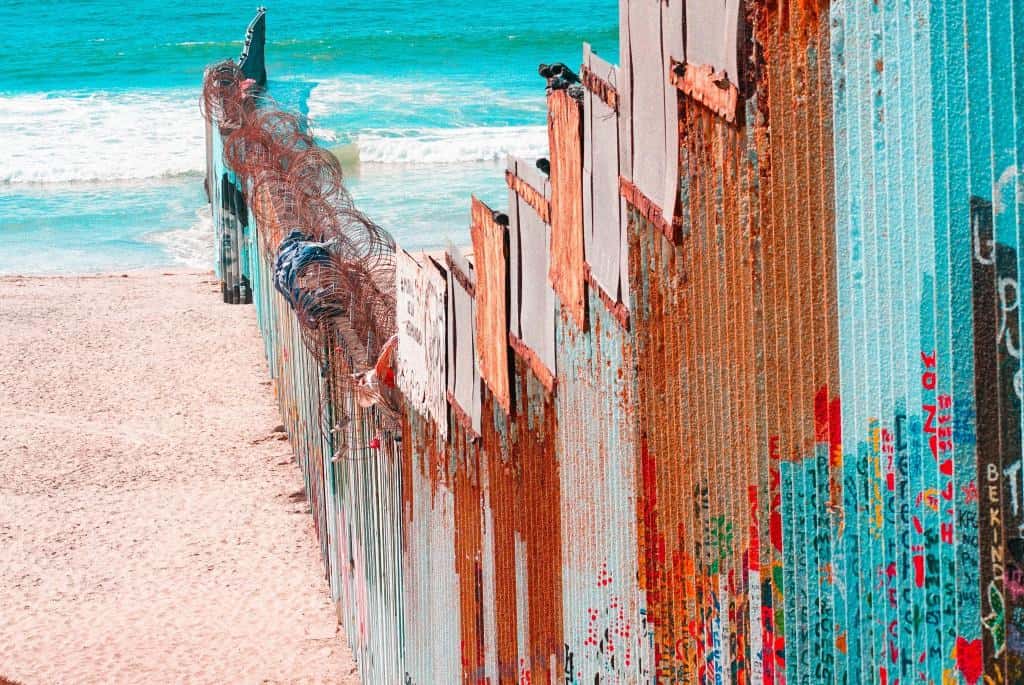Whether it’s bandits launching ambushes, kidnappers seeking their next victim or twitchy soldiers primed for trouble, travelling through some regions (or attempting to cross their borders) should come with a serious health warning.
A cheery wave at the border guard. A quick stamp of the passport.
Crossing land borders can often be a breeze.
But for those who find themselves stuck on the frontiers of some of the world’s most politically-volatile, war-torn, or crime-ridden countries, border regions can be flash points for risk.
We compiled a list of some of the most dangerous borders regions in the world. Check them out below.
Bandits in the jungle: Darien Gap, Panama | Colombia
The road network making up the Pan-American Highway stretching from Alaska, USA, to Tierra del Fuego, Argentina, is only broken in one place: The Darien Gap, a forested and mountainous region where Panama meets its southern neighbour, Colombia. Aside from the formidable terrain, those seeking to make an overland crossing will have to contend with the very real risk of bandits.
Organised crime and guerrillas: Venezuela | Colombia
Colombia’s 2,220km border with its South American neighbour to the east officially reopened at the start of June (after being closed to curb the spread of coronavirus). But it had been far from quiet for the preceding 14 months. Venezuela’s economic and social crisis had forced tens of thousands of nationals to embark on illegal border crossings – and face the threats from guerrilla warfare and organised crime that have come to characterise this frontier.
Smugglers and terrorists: the Durand Line, Pakistan | Afghanistan
The Durand Line, the 2,670km frontier between Pakistan and its north-western neighbour Afghanistan, was the type of arbitrary colonial demarcation that causes issues for centuries. Aside from the diplomatic and cultural beefs (the border is not currently recognised by Afghanistan), the Durand Line is a hotspot for smugglers, terrorists and other ne’er-do-wells who probably don’t take kindly to wandering sightseers.
Cartels and kidnapping: United States | Mexico
There’s an adage about the illicit trade between the US and its southern neighbour Mexico: drugs come north, guns go south. And it’s the border states of Mexico that bear the brunt of that particular arrangement, as cartels engage in bloody conflict amongst themselves and with the government forces still straining to exert control over the country. Latin American immigration into the United States also creates a situation where criminal gangs thrive, through kidnapping, extortion and more.
Shoot to kill: North and South Korea’s DMZ
No list of the world’s most dangerous borders would be complete without including the two Koreas’ Demilitarized Zone (DMZ). This 250km-long strip of land running across the Korean peninsula represents the uneasy truce that has characterised North and South relations since it was established in 1953. Make no mistake though, its outer edges are certainly not ‘demilitarised’ – as those crossing into this patch of land will quickly find out.
Lawless desert: Sahel region, Sub-Saharan Africa | Sahara Desert
Less a national border and more of a geographic frontier, the Sahel region stretches across Africa, from Senegal to Sudan, and is the transitional zone between the Sahara to the north and the sub-Saharan countries to its south. As such, it’s at the forefront of climate change and the resource-scarcity that often goes hand in hand with armed conflict. Displaced peoples, terrorism, poverty and general lawlessness make this a part of the world you don’t want to inadvertently wander into.














